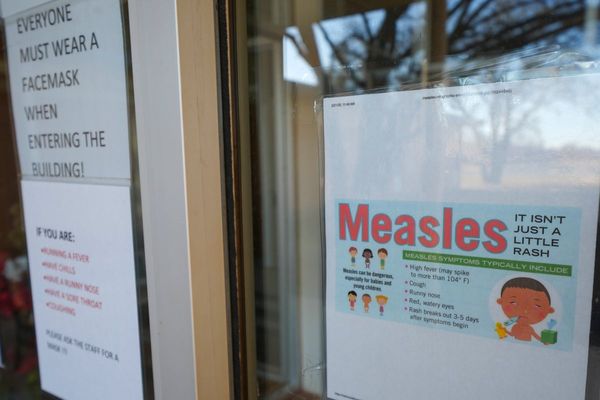
There is a growing trend of eating "more than a snack but less than a meal" during mealtimes each day as many believe eating the same portion size as they did before the pandemic would be too much for their less active lifestyles. Businesses have picked up on the trend and are releasing items with a more modest portion size.
-- More than just snacks

Italian confectionery shop Litus in Tokyo's Shintomicho district sells Sicilian sweet cannoli among other desserts, such as tiramisu and chocolate cakes. The pastry, priced at 800, yen is a tube-shaped shell of fried pastry dough filled with ricotta. Pistachios are sprinkled on both ends.
"It's very filling. Some of our customers say that one piece is good enough for a meal," said shop owner Saori Shiotsuki.
A 29-year-old woman in Tokyo said she has been working from home since March 2020 and is cutting back on the amount she eats at lunch. She used to enjoy lunch with her colleagues when she was working in the office, but now she eats a small lunch box or baked sweet potatoes for lunch at home.
She refers to the traditional Japanese expression, "hara-hachibunme," which literary means eating only until your stomach is 80% full.
"I don't get as hungry since I don't commute or move that much," she said. "It'll be too much for me to feel even 80% full, so I'm trying to aim for between 60% and 70% full."
-- '0.7 meal'
About half of the respondents said the average amount they exercise a day -- including commuting and sports -- has decreased, with about 40% feeling that eating three solid meals a day is too much, according to a survey conducted on about 2,000 people in their 20s and 30s in September last year by the Tokyo-based Hot Pepper Gurume Gaishoku Soken research institute.
The trend of skimming a meal has spread nationwide, with the institute calling it the "0.7 meal."
"With less exercise and less appetite, a trend has emerged to limit one meal to 70%, which is below a healthy 80%," the institute's senior researcher Mari Ariki said. "Among light meals people seem to be going for, maritozzo and curry doughnuts have become popular as they are a little more filling than other snacks."
-- Smaller portions
The restaurant industry has picked up on the trend, such as Mos Burger selling Green Burger Teriyaki for 580 yen since September. The plant-based burger free from garlic and green onion offers a light aftertaste.
Smaller-portion bento boxes are available at convenience stores, too.
Lawson Inc. released the "Choi" (Small) series in November 2020 with portion sizes between 70% and 80% that of its regular bento boxes. The convenience store chain offers a Choi bowl series of taco rice and curry udon noodle, both selling for 399 yen. About 70% of the purchasers are women, according to the company.
"Offering smaller portions seems to have attracted new female customers to our stores," said a Lawson spokesperson.
Seven-Eleven Japan Co. also began selling its small-serving "Ichizen Gohan" series last May. The 150-gram rice comes with various dishes on top, such as a bowl of soboro ground chicken and scrambled egg for 270 yen. Such small boxed lunches can go well with other side dishes available at the store.
"Although it is vital to do a good amount of exercise and eat three meals a day, many people are trying to limit their energy intake due to more time at home and a lack of activity," said Tokyo Seiei College Associate Prof. Nami Fukutome. "If you make one meal light, you should make the other two nutritious. Japanese washoku -- with its combination of rice, soup and dishes of various foodstuffs such as fish, meat and vegetables -- is recommended."
Read more from The Japan News at https://japannews.yomiuri.co.jp/







